SOLAR POWER FOR YOUR HOME
Feeling the pinch of rising energy costs?
Escalating energy bills can be a strain on your finances, but there is a cost-effective solution in sight. By investing in solar, you’re not just choosing a sustainable energy source, but also paving the way for significant long term savings.
Let solar power be your ticket to lighter energy expenses and a brighter financial future.

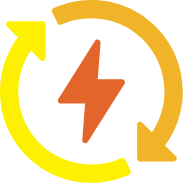
Renewable Energy Source
The sun is an endless source of energy. No matter the global energy landscape, the sun remains a steadfast provider, ensuring we have a reliable and consistent power source at our disposal.

Significant Savings on Electricity Bills
The rising electricity tariffs are a concern for many, but with solar panels, you can take charge of your own energy production. This means not only reduced energy bills but also potential earnings by feeding excess electricity back to the grid.

True Energy Independence and Grid Reliability
Switching to solar places the power (quite literally) in your hands. No longer tethered to the unpredictabilities of the grid, you gain autonomy over your energy supply. This means fewer concerns about grid outages or energy rate hikes. Ensure consistent power on your terms, and securing your energy future.
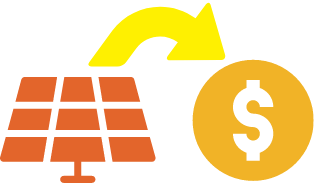
Minimal Maintenance, Maximum Returns
One of the standout features of solar energy systems is their low maintenance requirement. Once set up, they consistently deliver value with minimal upkeep, ensuring that your initial investment keeps giving returns for years to come.
MAKING SOLAR EASY
Converting to solar power is easy

Assessment
The process starts with a personalised assessment of your home or business. A solar energy expert will evaluate factors such as your energy consumption patterns, roof orientation, available space, and any shading issues.

Design & Permitting
Based on the assessment, a solar system design is created that maximises energy production for the specific property. Before installation can begin, necessary permits from local authorities or energy providers are obtained.

Installation
Professional installers mount the solar panels on the roof or ground, install the inverter, and set up the monitoring system. The process typically takes a day or two, depending on the system’s size.

Connection
Once installed, the system is connected to the home’s electrical grid and, if applicable, to the broader electricity grid.

Monitoring and Maintenance
After installation, homeowners can monitor their system’s performance and ensure it’s working efficiently. Regular maintenance checks, though infrequent, help in ensuring the system’s longevity.
HASSLE FREE FINANCE
Finance your new solar power system
- Get solar without digging into your savings.
- Utilise any available Government grants.
- Start saving!
View our work
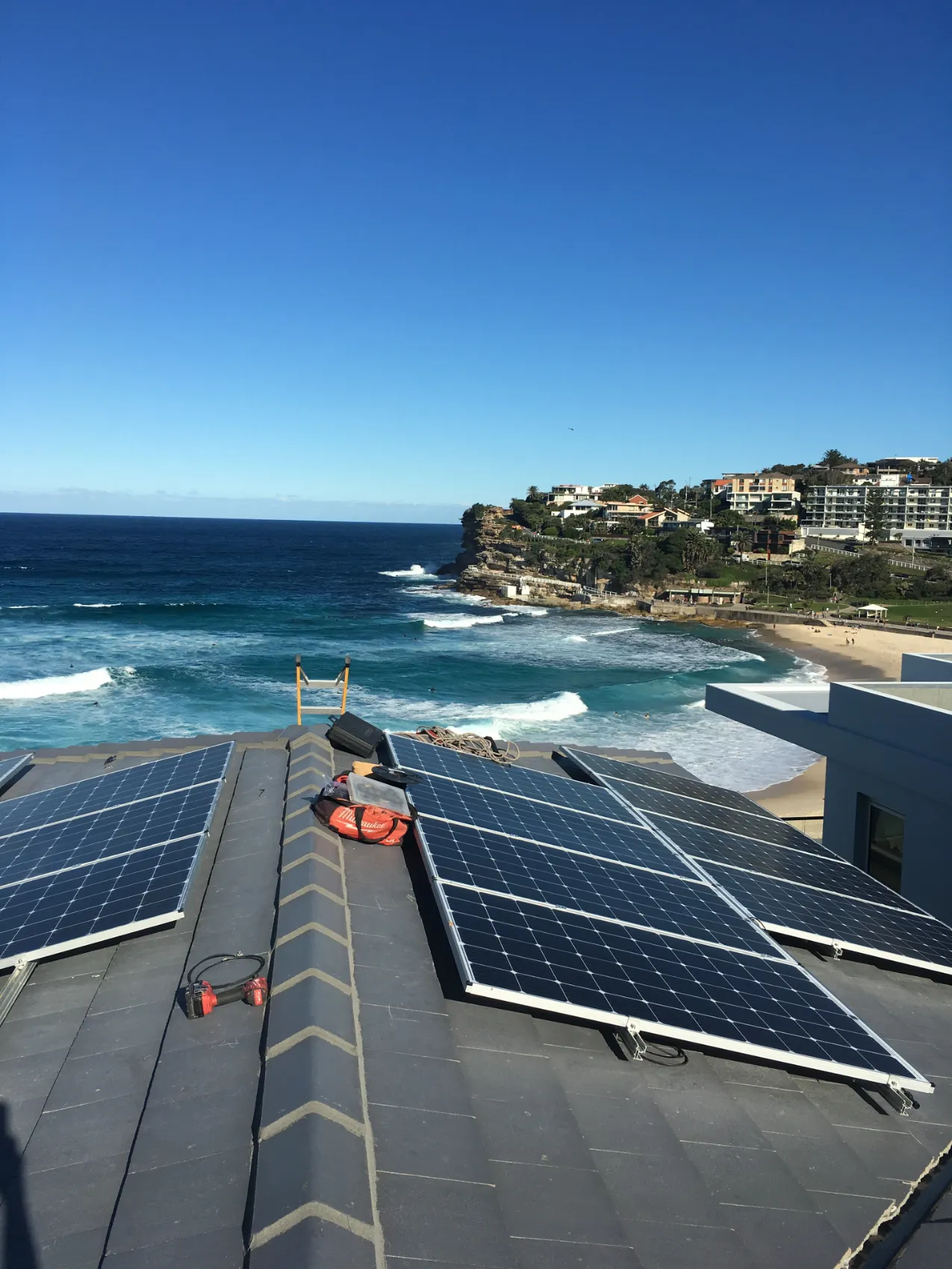
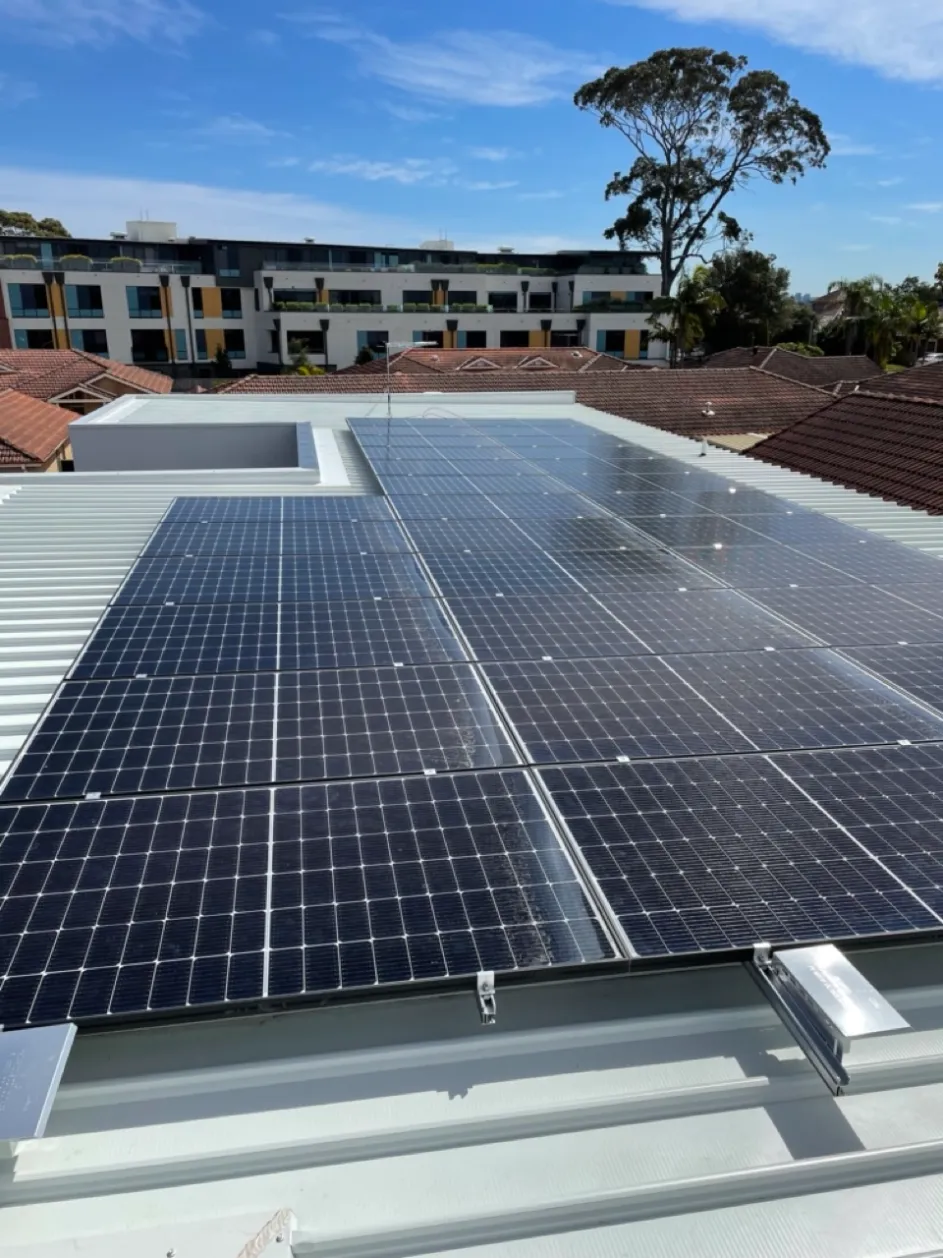
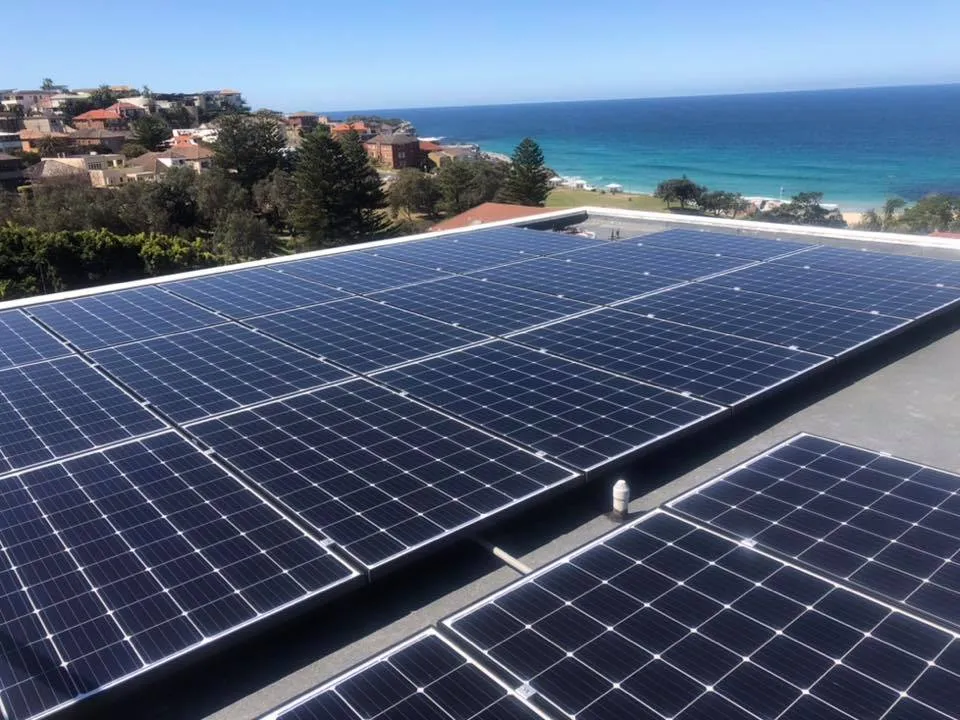
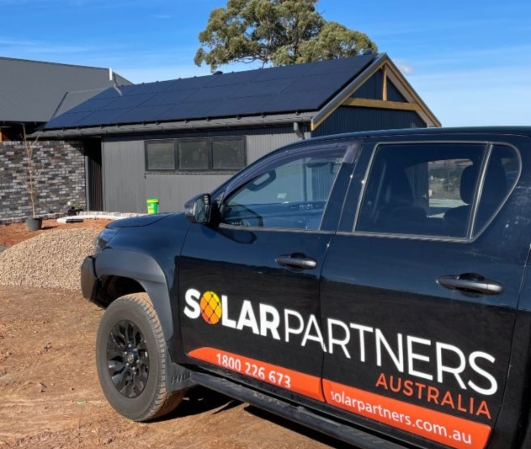
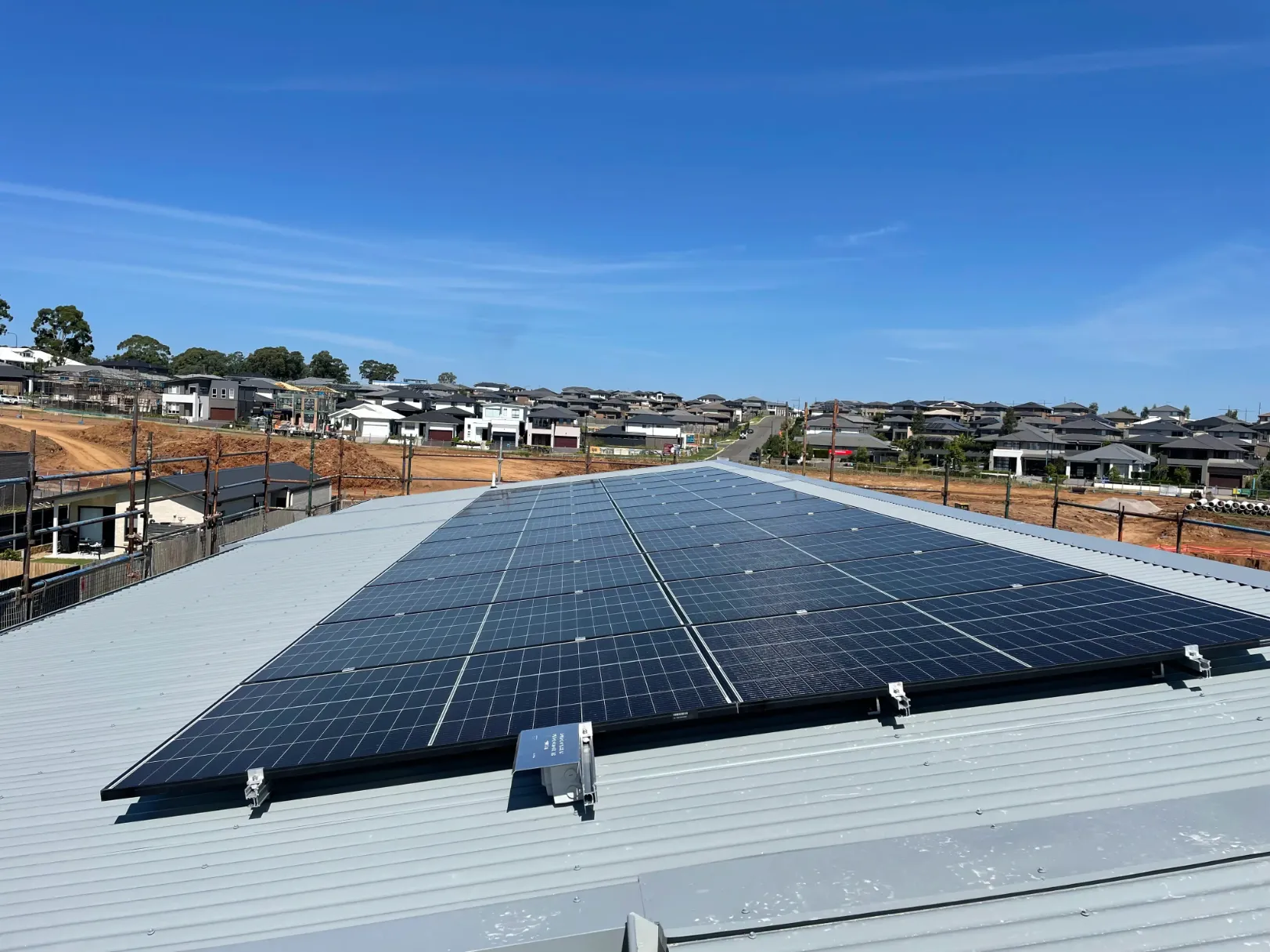
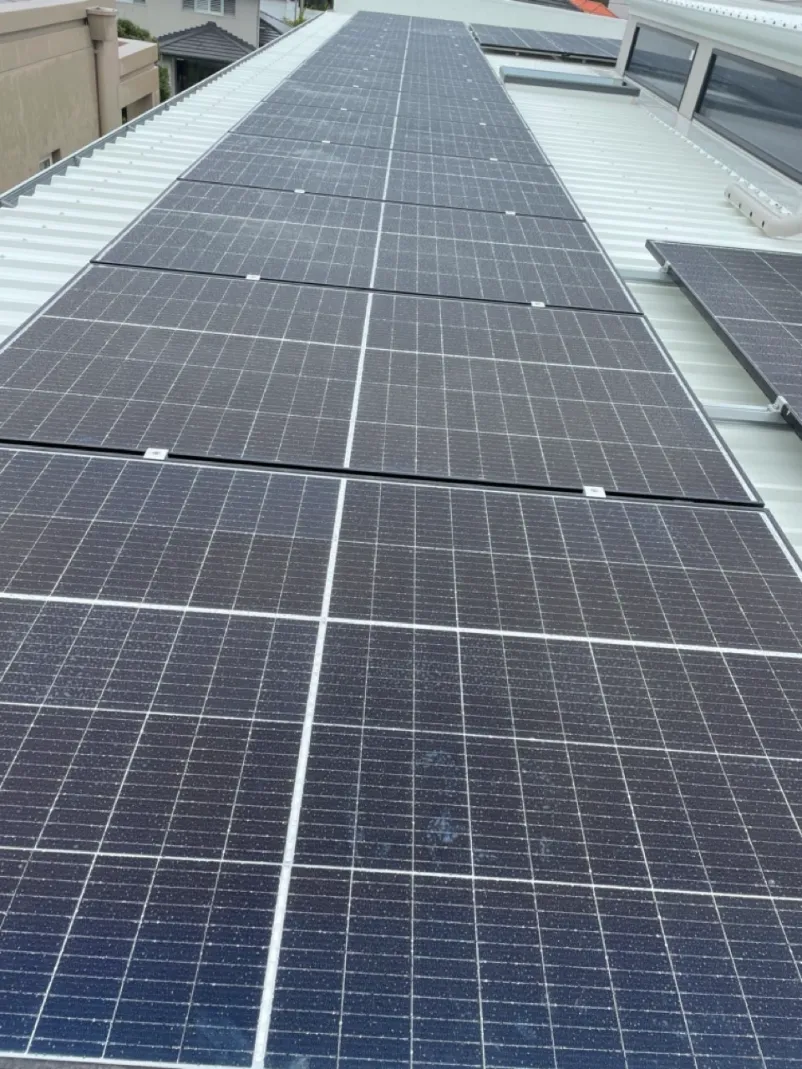
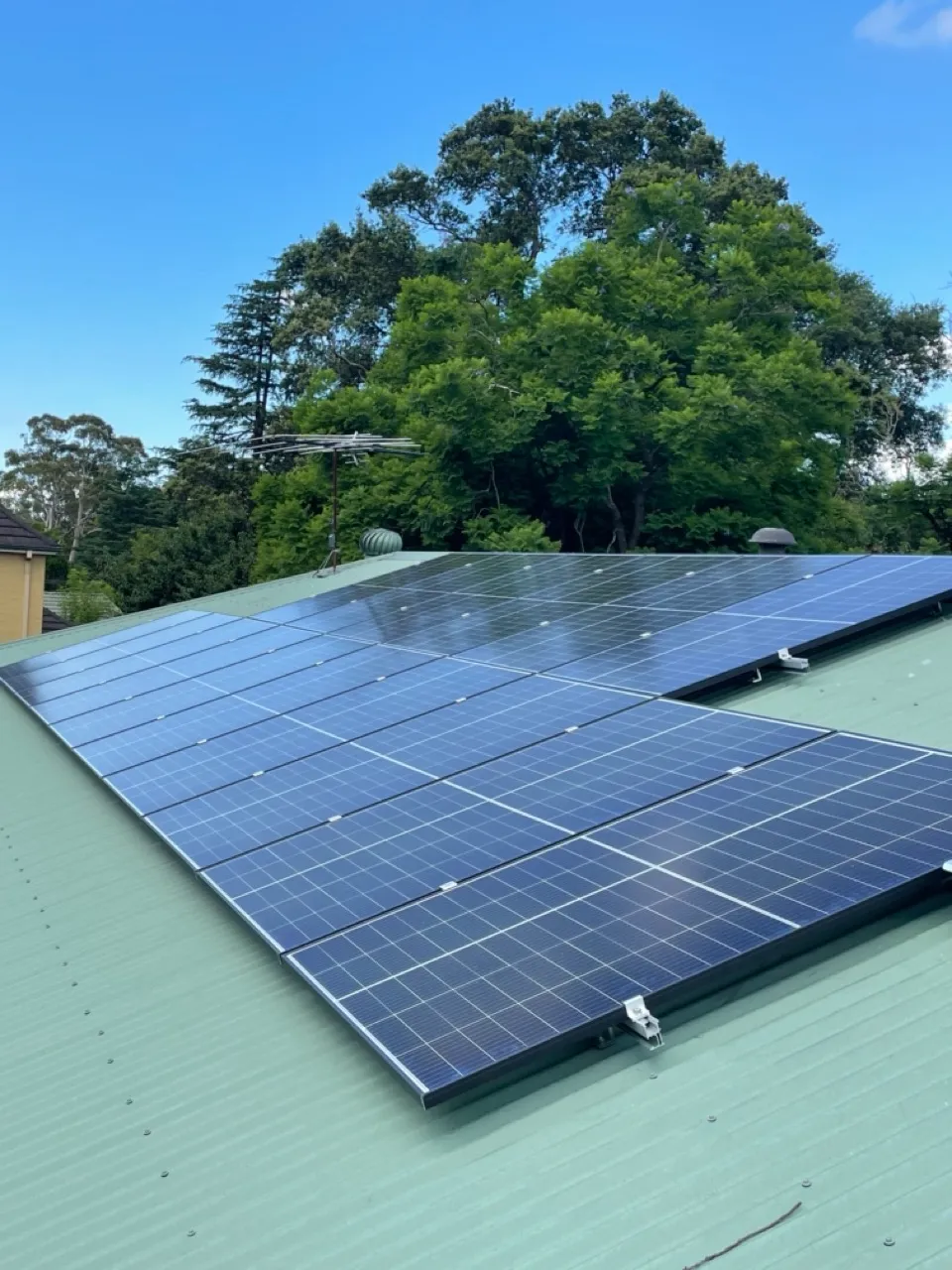
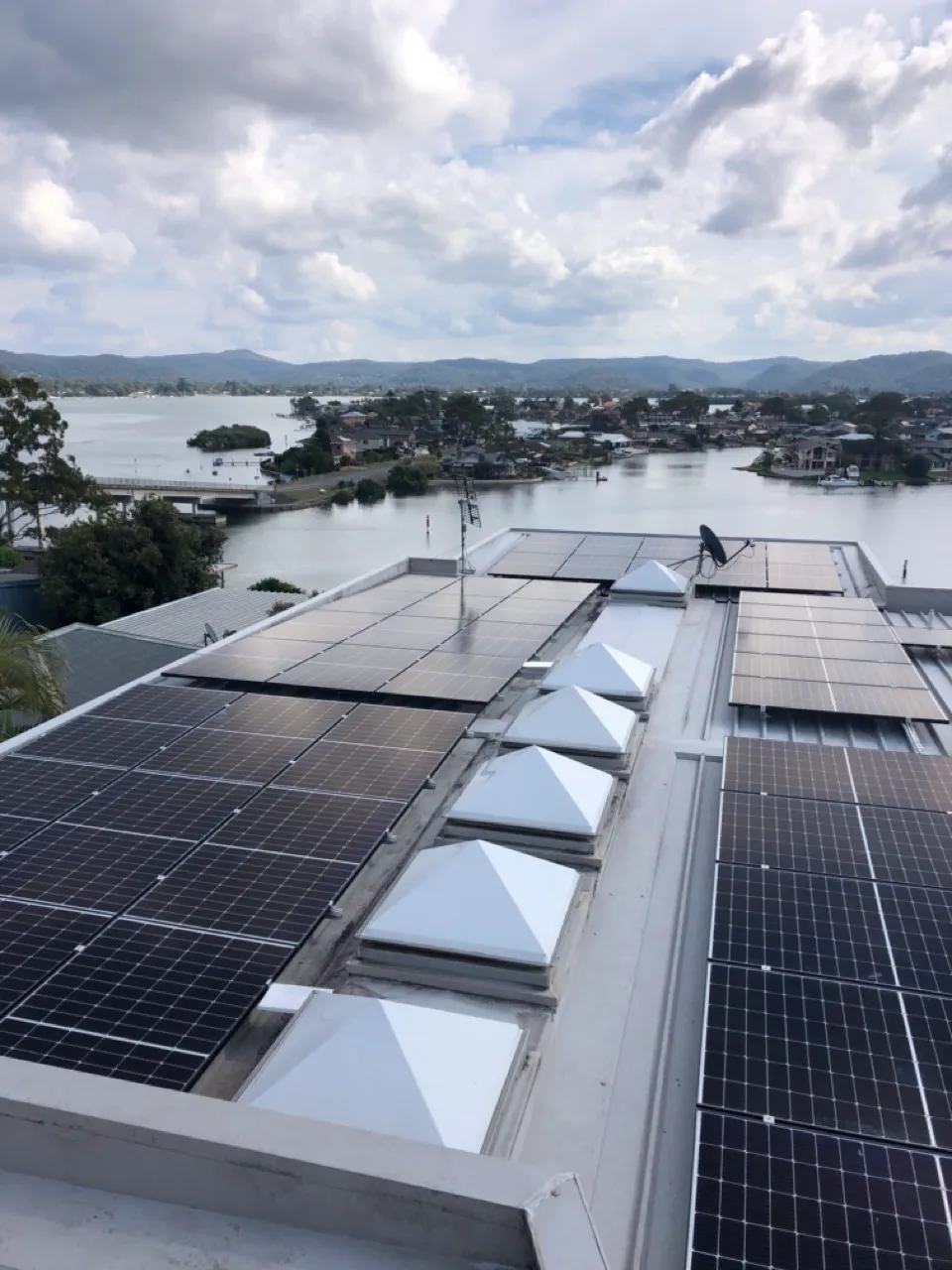
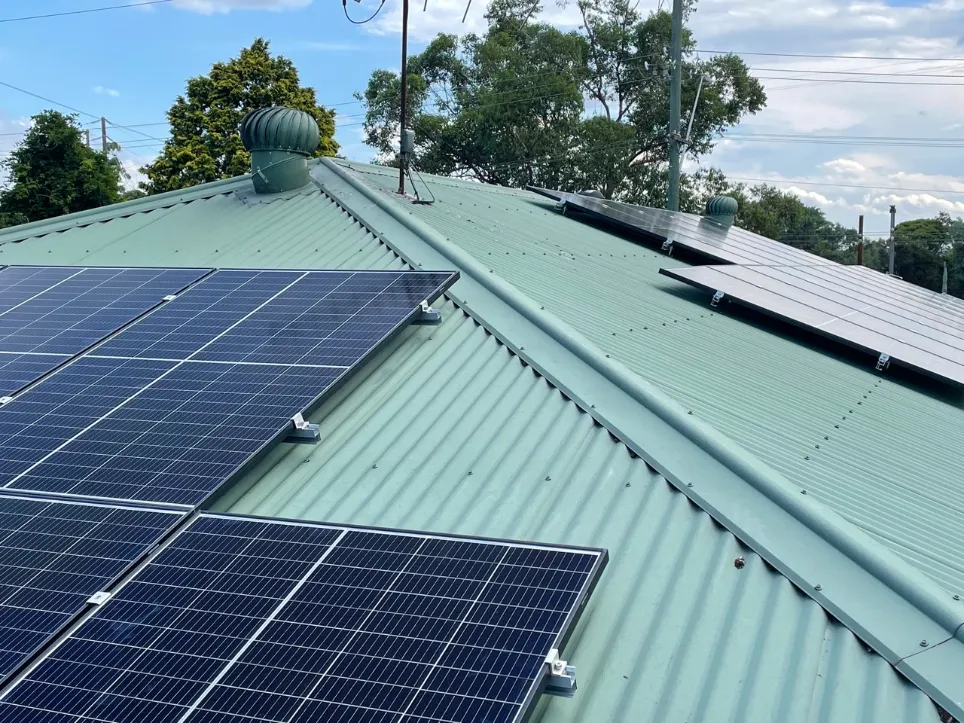
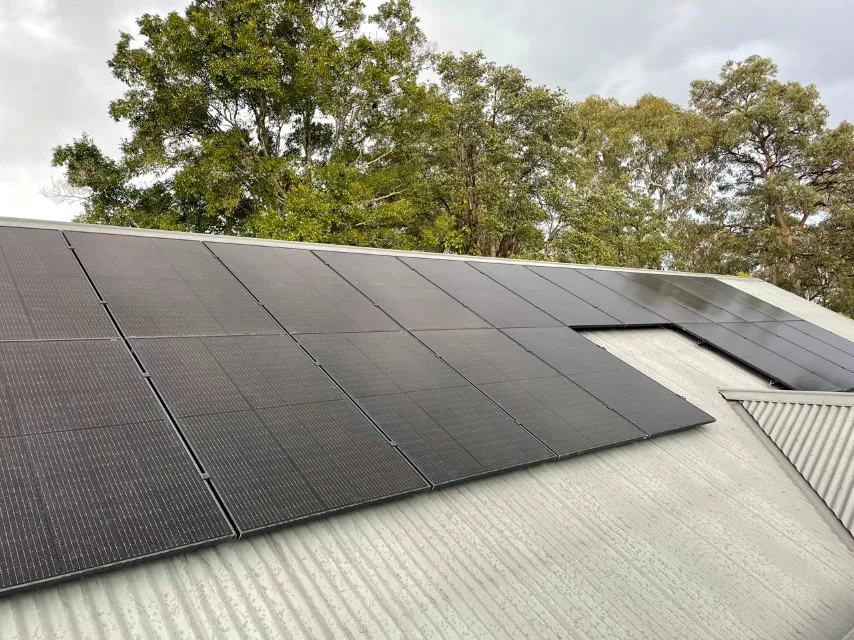
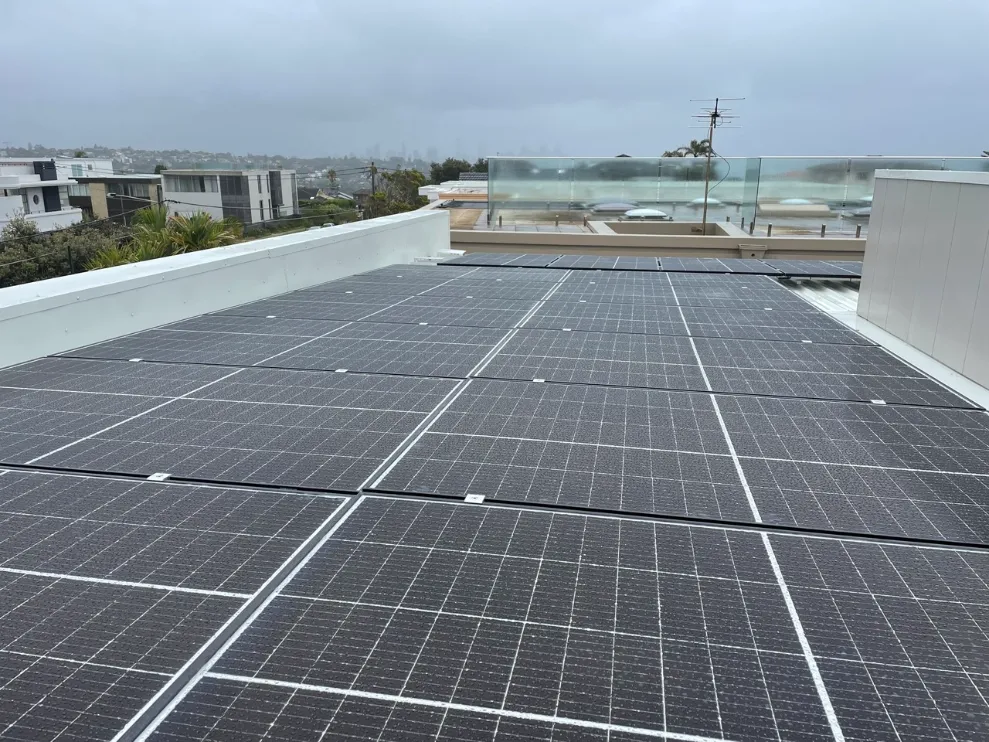
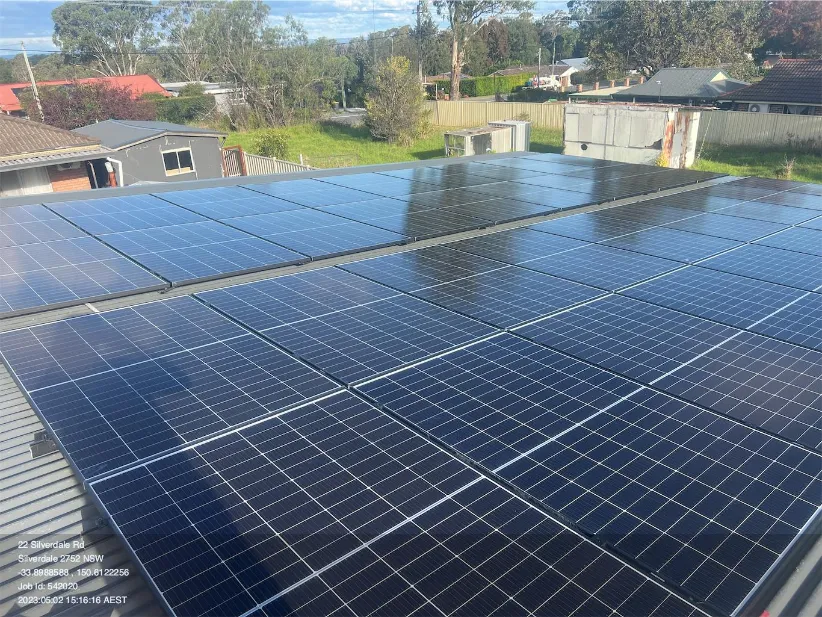
Don’t take it from us

More than 80% of our work comes from referrals
STRESS FREE SOLAR
Working with Solar Partners is easy
Gain, progress and rise when you trust our experienced team to maximise, retain and grow your earnings. Choose to cultivate your wealth and watch it blossom into financial security.

Schedule a Call
Contact our team and we’ll book a free on-site assessment where we will assess your roof space and previous energy bills and discuss your solar needs.

Start Saving Straight Away
We will have you saving money straight away with the design and installation the ideal solar system for your energy consumption.

Peace of Mind
Enjoy the peace of mind that comes from installing a quality system that delivers long-term by the team of professionals at Solar Partners.
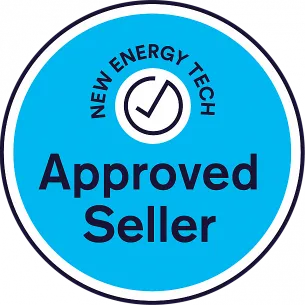
Proud to be a New Energy Tech Approved Seller
Committed to consumer protection and standards
Designed by peak industry and consumer bodies
Authorised by the ACCC
Standards for the complete customer journey
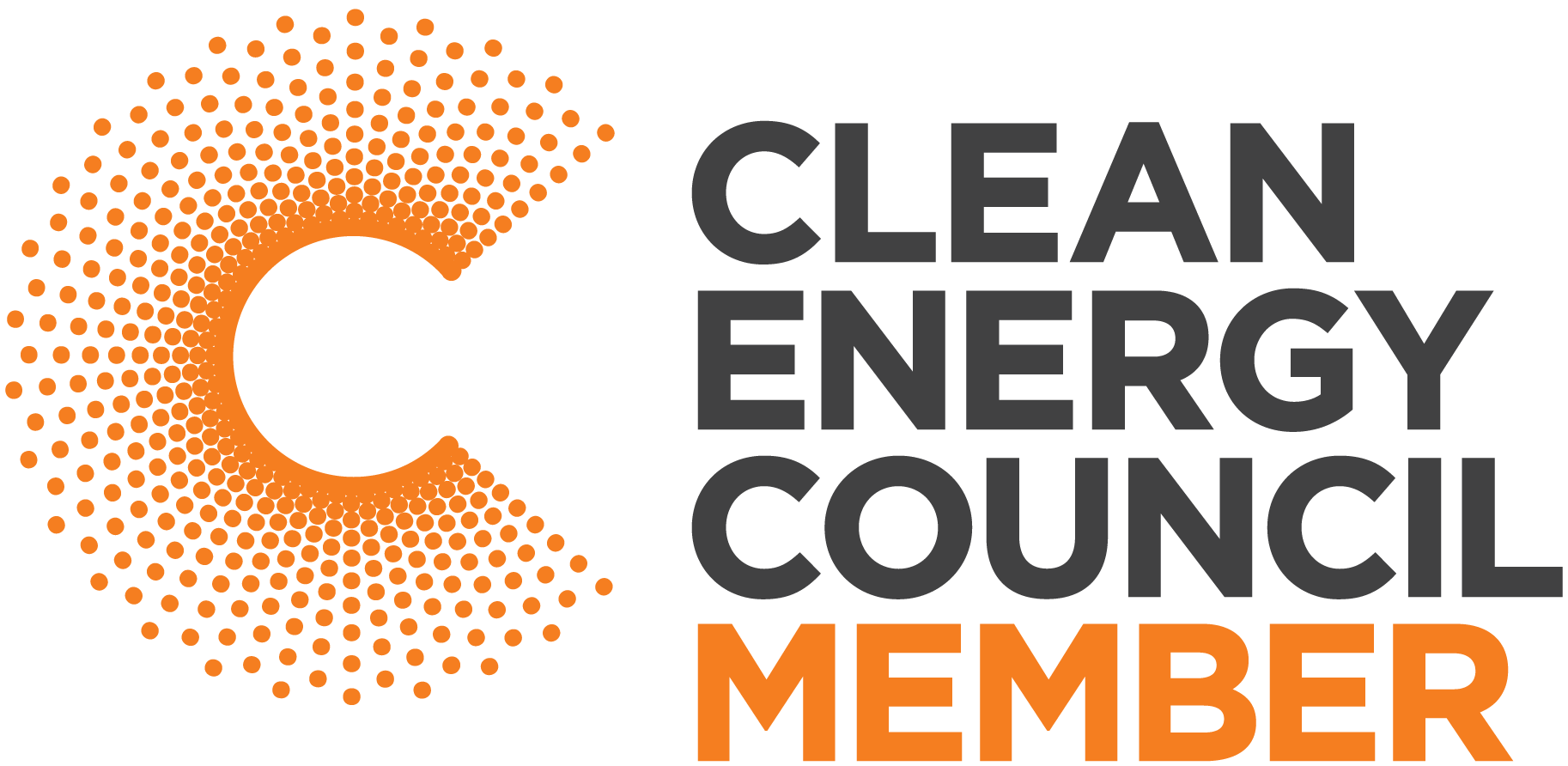
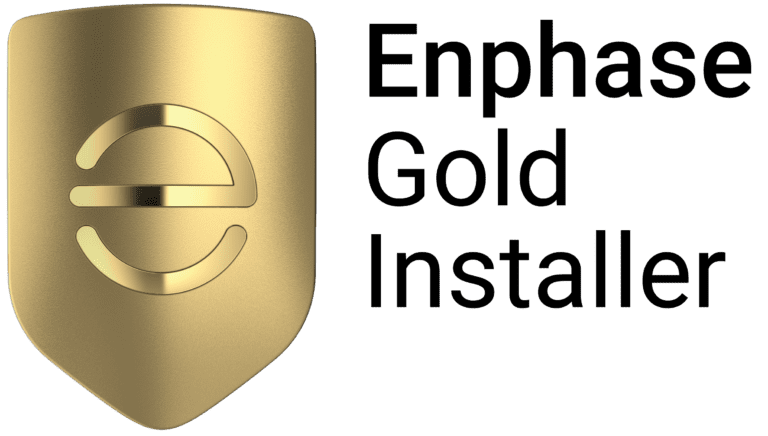


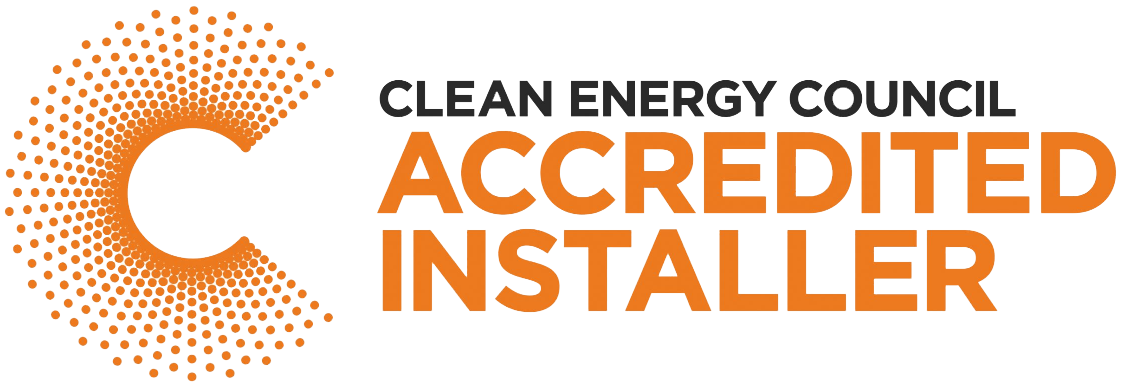

Choose Solar Partners
Excellence Beyond Installation
Solar Partners is not just a solar installer but a trusted ally in your sustainability journey. With an emphasis on quality, expertise, and lasting partnerships, we ensure that each installation is tailored to your specific needs.
Our experienced team brings deep industry knowledge, ensuring seamless integration with the latest technology. But it’s our post-installation support and dedication to customer satisfaction that truly differentiates us. With Solar Partners, you’re not just adopting solar energy; you’re joining a community committed to excellence, innovation, and a brighter future.
Frequently asked Questions
How does solar work?
Solar Panels Capture Sunlight
Solar panels, made up of photovoltaic (PV) cells, are installed on rooftops or open areas in homes. These panels capture sunlight and convert it into direct current (DC) electricity.
Conversion to Usable Electricity
The DC electricity is then passed through an inverter, which converts it into alternating current (AC) electricity. AC is the standard form of electricity used in homes to power lights, appliances, and other devices.
Distribution
Once converted, the electricity is distributed throughout the home, just like electricity from the grid.
Excess Energy Storage or Feed-in
If the solar system produces more electricity than the home needs, the excess can be stored in batteries for later use or fed back into the grid, earning the homeowner credits or even income, depending on local regulations and feed-in tariff schemes.
What is the installation process for solar?
Before installation, professionals assess the home’s suitability for solar. This includes checking the roof’s orientation, angle, and structural integrity.
Design
Based on the assessment, a solar system design is created that maximises energy production for the specific property.
Permitting
Before installation can begin, necessary permits from local authorities or energy providers are obtained.
Installation
Professional installers mount the solar panels on the roof or ground, install the inverter, and set up the monitoring system. The process typically takes a day or two, depending on the system’s size.
Connection
Once installed, the system is connected to the home’s electrical grid and, if applicable, to the broader electricity grid.
Monitoring and Maintenance
After installation, homeowners can monitor their system’s performance and ensure it’s working efficiently. Regular maintenance checks, though infrequent, help in ensuring the system’s longevity.
Wha are the Government rebates currently available?
Federal and State Solar Incentives
Governments around the world are waking up to the immense potential of solar energy. In New South Wales, there’s a concerted effort to make solar energy accessible and affordable for everyone. Through a range of incentives and rebates, the NSW government is ensuring that the transition to solar is not just environmentally responsible but also financially rewarding.
The NSW government recognises the importance of solar energy and offers various incentives:
NSW Solar Rebate
Households in NSW can benefit from rebates and schemes that make installing solar more affordable.
Rebate Swap for Solar and Energy Efficient Upgrades: Up to 30,000 NSW households can benefit from the energy bill buster package, which aims to reduce their energy bills.
Eligible homeowner-occupiers can swap their Low Income Household Rebate for a free, fully installed, 3-kilowatt solar
system. This initiative provides access to affordable clean energy, significantly reducing household electricity bills for years to come. To be eligible:
- You must currently receive the Low Income Household Rebate.
- Agree not to receive the rebate for 10 years.
- Hold a valid Pensioner Concession Card or Department of Veterans’ Affairs Gold Card.
- Own and live in your house.
- Not already have a solar PV system.
Solar for Low Income Households
The NSW Government offers a solar for low income households program, providing eligible households with a free solar system.
What equipment is installed?
Solar Panels (Photovoltaic Panels)
These are the primary components that capture sunlight and initiate the energy conversion process. Inverter This device converts the DC electricity generated by the solar panels into AC electricity suitable for home use. Mounting Equipment These are the structures on which solar panels are mounted. They ensure the panels are securely attached to rooftops or ground mounts.
Solar Batteries (Optional)
For homes that want to store excess energy, solar batteries can be installed. They store surplus electricity for use during nighttime or cloudy days.
Monitoring System
Many modern solar installations come with monitoring systems that allow homeowners to track their energy production and consumption in real-time.
What are the environmental benefits of solar?
Our planet is at a pivotal point. The environmental challenges we face today, from rising temperatures to polluted air, demand immediate action. Solar energy stands out as an eco-friendly solution that not only powers our homes and businesses but also protects our environment. Embracing solar is not just a step towards sustainable energy; it’s a stride towards a cleaner, greener planet.
Solar energy is one of the cleanest sources of energy and will help:
Reduce Your Carbon Footprint. Unlike other energy sources, solar panels do not release harmful carbon dioxide or pollutants. This means a significant reduction in harmful emissions.
Combat Climate Change. By transitioning to solar energy, we can reduce the greenhouse gas emissions responsible for global warming, making a significant impact in the fight against climate change.
What are feed-in tariffs?
Feed-in Tariffs: Turn Your Excess Solar Energy into Savings
Harnessing the power of the sun through solar panels not only reduces your electricity bills but can also become a source of income. Here’s how:
When your solar panels produce more electricity than your household consumes, this excess energy doesn’t go to waste. Instead, it’s fed back into the electricity grid, and you get compensated for it. This compensation is known as a ‘feed-in tariff’.
Benefits of Feed-in Tariffs
Financial Rewards: With feed-in tariffs, you’re essentially turning your solar installation into a mini power station. Every kilowatt-hour of excess energy you export to the grid translates to credits on your electricity bill. Over time, these credits can add up, offsetting your energy costs or even resulting in a net positive bill where the energy company owes you.
Supporting the Grid: By feeding your surplus solar energy back into the grid, you’re supporting the broader community. This distributed energy can help reduce the load on power stations during peak times, leading to a more resilient and efficient energy system.
Encouraging Renewable Energy
Feed-in tariffs serve as an incentive for more households to adopt solar energy. The more households feed solar energy back into the grid, the less reliant the community becomes on fossil fuels, promoting a cleaner and more sustainable energy future.
Flexibility and Control
Many solar systems come with advanced monitoring capabilities. You can track how much energy you’re producing, consuming, and exporting back to the grid. This data empowers you to make informed decisions, such as the best times to use energy-intensive appliances to maximise your feed-in tariff earnings.
Feed-in tariffs offer a win-win situation. Households benefit financially from their excess solar energy, while the community enjoys a more sustainable and reliable energy supply. If you’re considering solar, it’s essential to check the feed-in tariff rates offered by different energy providers to ensure you’re getting the best deal.
